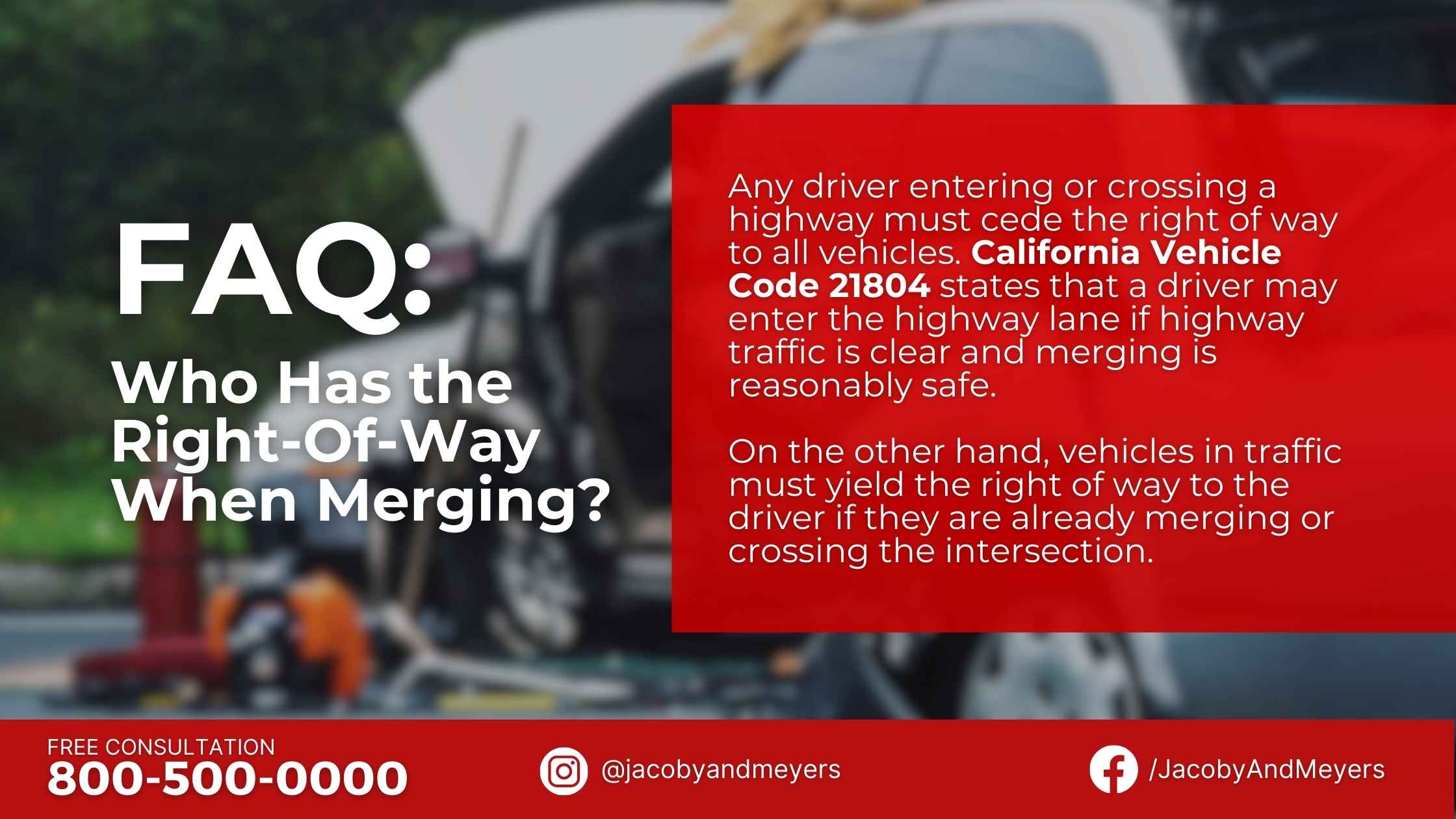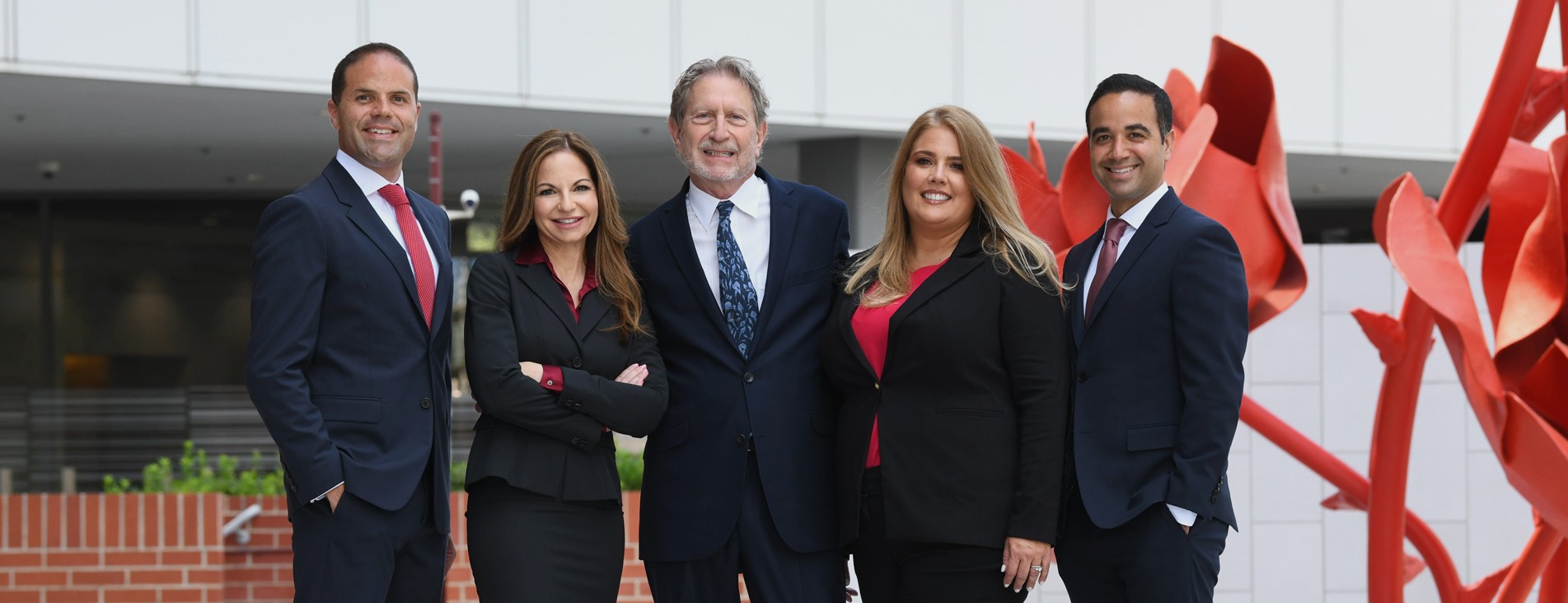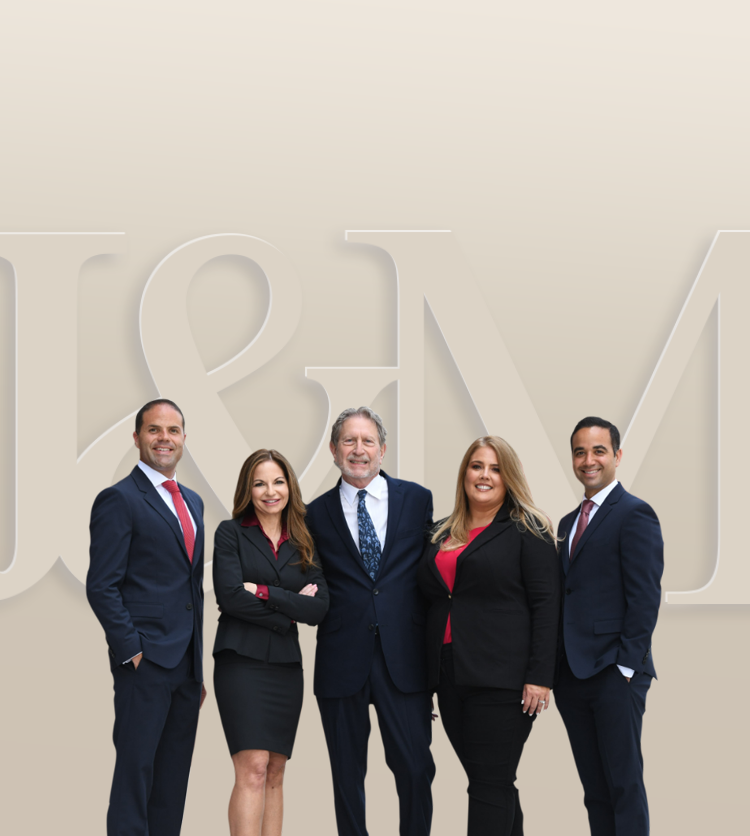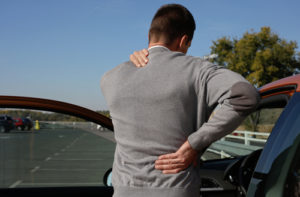In a merging accident, one vehicle abruptly changes lanes, merging into another road or highway with other cars. If they negligently veer into another road, the merging driver should be liable for the damages. However, there are certain factors you must consider when determining liability. This article will help you learn about the intricacies of merging accidents and the steps to defend your rights.
When Is Merging Considered Improper?
Merging in traffic is moving from one lane to another, usually from an entrance ramp or when two lanes merge into a single lane. This technique demands drivers to modify their speed and position to integrate seamlessly with the flow of vehicles in the target lane.
Unfortunately, there are instances where drivers improperly merge, resulting in accidents. Such crashes may result in catastrophic injuries or even death, especially if one or both vehicles are moving at an increased speed. According to statistics, 300,000 merging accidents occur annually. About 50% of these incidents result in fatalities.
Here are some circumstances where merging is considered improper:
- Failure to Yield: When merging onto a highway or into another lane, drivers must yield to existing vehicles in that lane. Not yielding can result in collisions and is considered improper.
- Speed Mismatches: Merging at a speed that differs significantly from traffic flow is hazardous. Drivers must match their pace to the traffic in the lane they are merging into.
- Not Using Turn Signals: Merging without indicating to other drivers is dangerous and unlawful. Turn signals are essential for conveying your movements on the road.
- Crossing Solid Lines: Merging across solid lines is not permitted, as these lines signal that lane changes are restricted or prohibited in the area.
- Ignoring Merge Signs: Disregarding merge signs or lane-ending notifications without prior preparation is improper. Drivers should follow road signs and signals to safely merge.
- Aggressive Merging: Forcing your way into a lane by driving aggressively or refusing to let other vehicles merge is improper and can result in road rage incidents.
Improper merging is not simply a traffic violation but also a significant cause of accidents. Understanding and applying effective merging strategies is critical to road safety.

Who Has the Right-Of-Way When Merging?
Any driver entering or crossing a highway must cede the right of way to all vehicles. California Vehicle Code 21804 states that a driver may enter the highway lane if highway traffic is clear and merging is reasonably safe.
On the other hand, vehicles in traffic must yield the right of way to the driver if they are already merging or crossing the intersection.
What Does the Law Say About Improper Merging?
In California, right-of-way merging rules promote safety and smooth traffic flow.
While lane merging is legal in California, Vehicle Code 22107 prohibits drivers from changing lanes or moving sideways on roadways unless:
- It is safe to do so.
- The driver has given the proper signals.
This law applies in two scenarios: changing lanes or maneuvering a vehicle from its center position to the right or left. Moreover, violating this law can result in several legal consequences, including:
- A fine of up to $238.
- One point added to the driver’s DMV record.
- Potentially higher insurance rates for several years.
Additionally, if a driver accumulates 4 points within 12 months, 6 points within 24 months, or 8 points within 36 months, their license may be suspended. However, a California DMV hearing is required before authorities can suspend the license.
Tips to Avoid Merging Accidents in California
Changing lanes can be one of the trickiest driving situations. Consider these tips to prevent accidents and guarantee a smooth merge:
- Prior to merging, always check your side and rear view mirrors, as well as your shoulder, to ensure there are no cars in your blind areas.
- Give plenty of notice when you intend to merge. This informs other motorists and provides them with a reaction time.
- When merging onto a highway, adjust your speed to keep up with oncoming traffic. This facilitates finding a gap and a seamless merger.
- When merging, remember that through traffic has the right-of-way and yields appropriately. Be ready to stop or slow down to prevent cutting off another vehicle.
- Keep a safe following distance between the car in front of you and your own. This gives you and the others enough room to join securely.
- Focus on the road ahead and avoid electronic gadgets like cell phones.
- Before turning into the main road, accelerate using the acceleration lane, if one exists.
- Avoid rash choices or actions. Driving predictably and consistently makes it easier for other drivers to grasp your intentions.
- Arrange your mergers well in advance. A last-minute attempt to combine can lead to confusion and raise the possibility of an accident.
- Pay close attention to road markings and signs that indicate important information, such as yielding laws and merging lane guidelines.
- Slow down and exercise additional caution while merging in inclement weather, such as rain, snow, or fog.
- When it’s safe, give way to other cars and let them merge in front of you. Cooperation and civility can decrease the chance of accidents.
By following these tips, you may significantly lower the chance of merging accidents and help create safer driving conditions for other drivers on the road.
Can I File a Claim for a Car Accident in California Due to Improper Merging?
In most cases, a victim who sustains injuries in a car accident can pursue a claim if another driver’s negligent behavior caused the collision. For instance, if a driver’s improper merging directly led to the crash, they could be held responsible for the accident.
When initiating a car accident claim, it’s crucial to establish that the other driver’s negligence was the direct cause of the collision. This involves demonstrating the following:
- The driver had a duty to ensure the safety of all individuals on the road.
- They failed to fulfill this duty, such as by improperly changing lanes.
- Their breach of duty directly resulted in the accident.
- The car accident caused injuries and other associated damages.
These elements are essential in proving liability and seeking compensation for injuries and losses resulting from the collision. However, it may be challenging to determine who the at-fault party is, especially if multiple parties are involved, or you share liability. An auto accident lawyer in California can help you assess the situation and prove liability to build your case.
Who Is At Fault in a Merging Accident?
Merging accidents can be confusing, and victims often miss their chance of compensation. If you are involved in a similar situation, you must also ask, “Who Is At Fault in a Merging Accident?
The main contributing factor in merge lane accidents is who had the right of way at the time of the collision. However, this is not the only factor to consider. California law specifically mentions when and when not to merge lanes. So, if a driver neglects this legislation and ends up causing an accident, they are at fault.
For example, a driver intends to merge into another lane. Despite seeing an oncoming car, they still decided to turn, thinking they had enough time. Unfortunately, the other vehicle was already too close when the merging driver executed their intentions to turn, resulting in a collision.
In this scenario, the merging driver should be responsible for the crash since they did not have the right of way yet intentionally merged despite the apparent risks.
On the other hand, vehicles in the traffic or highway may also be responsible for merging accidents in specific scenarios. Let’s say a merging vehicle was already executing its turn when another car sped up and tried to cut it off. Unfortunately, this resulted in a collision. In this case, the driver in the traffic must be accountable for the damages caused by the incident.
When determining liability, it is essential to understand California’s laws about merging lanes to understand the intricacies involved. Did the driver use a turn signal? Did they merge while the road was clear? Did the vehicle in traffic intentionally speed up to cut the merging driver off? These are some of the questions you must answer when demonstrating liability
Moreover, this may seem overwhelming, especially if you think you share responsibility for the crash. An auto accident lawyer in California can help collect evidence to demonstrate liability. If you are partly responsible for the crash, they can determine the appropriate compensation equivalent to the damage the other driver caused.
Lawyer’s Tip: California follows pure comparative negligence, which allows injured victims to file a case regardless of how much they contributed to the accident. If you are 40% responsible, you may receive 60% compensation. On the other hand, the other driver may also contend for 40% of restitution.
How Can an Auto Accident Lawyer in California Help Prove My Case?
Handling lane change accidents can be challenging, primarily if the other driver’s insurance company wrongly blames you. Despite knowing that the other driver caused the accident, their insurer may insist you’re at fault.
In such cases, an experienced auto accident lawyer in California can help you win your case by leveraging their skills, expertise, and resources to gather evidence and establish liability. They can also take the following steps to ensure a favorable claim outcome:
- Collect evidence to support your case.
- Identify the party responsible for the accident.
- Assess the full extent of your damages.
- Communicate with the insurance company on your behalf.
- Initiate legal proceedings if necessary.
At Jacoby & Meyers, we are dedicated to helping accident victims achieve the justice they deserve. We extend our commitment to our communities by facilitating access to essential medical care for those affected by accidents.
Our legal team has streamlined an effective process to ensure you understand your legal rights and receive the justice you deserve. Our dedicated legal professionals provide exceptional service by:
- Maintaining transparent and open communication throughout your case.
- Skillfully negotiating with insurance companies to secure fair compensation.
- Assisting in coordinating appropriate medical treatments as advised by your healthcare provider.
- Providing support for any other accident-related concerns to alleviate your worries.
- Safeguarding your legal rights by establishing liability, assessing damages, and vigorously advocating for your claim.
We offer a free consultation, during which you can receive legal guidance from experienced auto accident lawyers in California. To explore your legal options, contact us at 800-500-0000.
Jacoby & Meyers. Because You Deserve Justice.
Hear From Our Past Clients
While many legal firms make similar claims, we can offer solid legal support to our clients. As a result, we invited our previous clients to share their positive experiences with our legal services.
“The law firm was beneficial. They did their best to get me the best outcome. Very satisfied with their help. I already recommended it to my family.” – Jenny
Frequently Asked Questions
Do you have further questions regarding personal injury claims? We got you! Here are some frequently asked questions from injured auto accident victims that may help explain some aspects of your case.
- What is the Average Settlement for a Car Accident?
- Does Insurance Cover Hit-and-Run Accidents?
- Does Right-of-Way Determine Fault in a Los Angeles Motorcycle Accident?
- Am I Liable for a Crash for Running a Yellow Light?
Works Cited
“California Vehicle Code 21804.” California Legislative Information.
“Section 22107 – Turning from direct course or moving left or right upon roadway, Cal. Veh. Code § 22107.” Casetext. Accessed 26 June 2024.
Call or text 888-522-6291 or complete a Free Case Evaluation form








